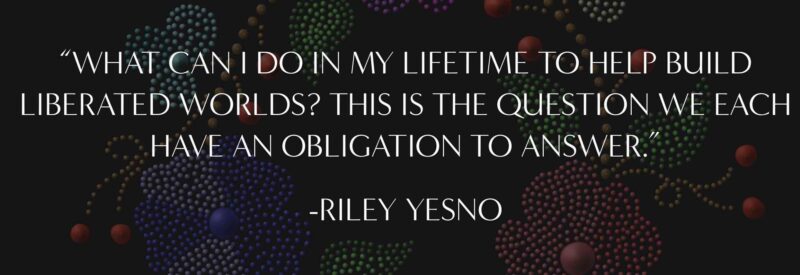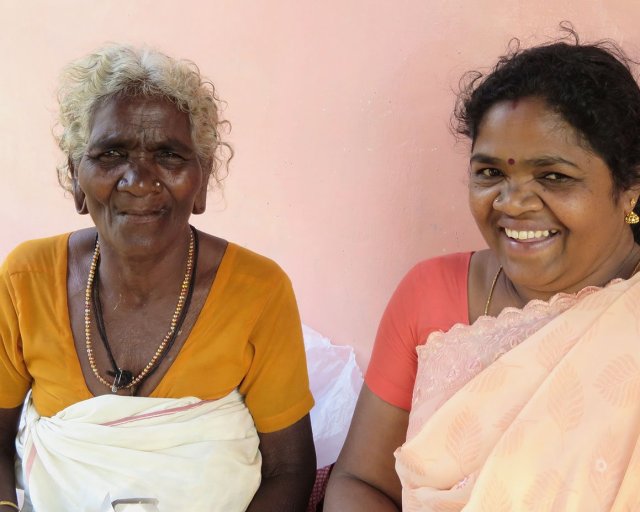‘Visible Work, Invisible Women’, is a fully curated, online still-photo exhibition. This video tour takes viewers around the entire physical exhibition, with original photographs and texts reproduced below as an article. All the photographs were shot by P. Sainath across ten Indian states between 1993 and 2002. These roughly span the first decade of the economic reform and end two years before the launch of the National Rural Employment Guarantee Scheme.
Source: Visible Work, Invisible Women – Women and Work in Rural India (Video)
Address : http://www.ruralindiaonline.org/articles/visible-work-invisible-women-women-and-work-in-rural-india-full-tour/
Date Visited: Wed Feb 04 2015 12:36:17 GMT+0100 (CET)
Selected for the Grand Prize for promoting civil cooperation through his writing
Noted journalist P. Sainath has been selected as one of the three recipients of the Fukuoka Prize for 2021. Mr. Sainath will receive the ‘Grand Prize’ of the Fukuoka Prize while the Academic Prize and the Prize for Arts and Culture will go to Prof. Kishimoto Mio of Japan and filmmaker Prabda Yoon of Thailand respectively.
In a statement issued by the Secretariat of the Fukuoka Prize Committee, Mr. Sainath was described as a “very deserving recipient of the Grand Prize of Fukuoka Prize”. The Secretariat noted his work for creating a new form of knowledge through his writings and commentaries on rural India and for “promoting civil cooperation”.
The Fukuoka Prize is given annually to distinguished people to foster and increase awareness of Asian cultures, and to create a broad framework of exchange and mutual learning among the Asian people. The Grand Prize has earlier been awarded to Muhammad Yunus from Bangladesh, historian Romila Thapar, and sarod maestro Amjad Ali Khan. Eleven Indians have received the Fukuoka Prize so far.
115 people from 28 countries and areas have received the Prize in the past 30 years. The Prize was established in 1990.
Source: The Hindu, 28 June 2021
https://www.thehindu.com/news/national/p-sainath-awarded-2021-fukuoka-prize/article35018139.ece
Date Visited: 29 June 2021
In less than 200 years, photography has gone from an expensive, complex process to an ordinary part of everyday life. From selfies to satellites, most of the technology we use and spaces we inhabit rely on cameras. […] While photographic documentation can aid in shaping history, it can also be a window into the horrors of the past. […]
“Now, if something happens, and you don’t have immediate imagery of it, it’s like it never happened,” said Todd Gustavson, technology curator at the George Eastman Museum in Rochester, New York, where he manages one of the world’s largest collections of photographic and cinematic equipment. The evolution and rapid spread of cameras can seem inevitable. But for thousands of years, people were making images with no way to capture them. […] With the technology itself limiting what can be captured in a single frame, cameras can both reveal and conceal elements of a story or event.
Read more or listen to Butterfly Effect 9 – The Camera on CBC Radio Spark 26 May 2023 >>
[Bold typeface added above for emphasis]
“Restoring land and livelihoods, empowering women, providing basic civic amenities such as fuel, water and sanitation are preconditions to advancements of rights of tribal children. Unless the government undertakes urgent steps to address these issues, its proclamations on child rights would remain examples of empty rhetoric and its actions would effectively continue to exclude those already sidelined.” – Archana Mehendale in Isolated Communities and Ignored Claims: Tribal Children’s Right to Education in India >>
“If women are empowered, there is more development in society” – Droupadi Murmu | Speeches by the President of India >>
Tip
Learn more about the work of photographer P. Sainath here:
- on ruralindiaonline.org (“People’s Archive of Rural India”) >>
- on this website – P. Sainath >>
“Movements of farmers and farm labourers […] are headed for serious trouble if they do not factor in the problems of climate change (which have already devastated agriculture in India); if they do not locate themselves in, and link their battles to, an agroecological approach.” – P. Sainath in “We Didn’t Bleed Him Enough”: When Normal is the Problem (counterpunch.org, 12 August 2020, first published in Frontline magazine) | More about climate change | United Nations on climate change >>

Listen to (Land) Back to the Future by Riley Yesno on the CBC Ideas website >>
“In less than 200 years, photography has gone from an expensive, complex process to an ordinary part of everyday life. From selfies to satellites, most of the technology we use and spaces we inhabit rely on cameras. […] While photographic documentation can aid in shaping history, it can also be a window into the horrors of the past.” – Read more or listen to Butterfly Effect 9 – The Camera on CBC Radio Spark 26 May 2023 >>

“The forest in Shanthi Teacher’s classroom” on Ruralindiaonline.org >>
More about Tribal elders & Women >>
Success stories >>
“National development and the development of tribal communities are linked to each other” – Droupadi Murmu | Learn more >>
“Tribal communities are a standing example of how women play a major role in preservation of eco historic cultural heritage in India.” – Mari Marcel Thekaekara (writer and Co-Founder of ACCORD-Nilgiris) | Learn more >>
“When you are leaving 60 percent of the people behind, you cannot have the ambition to be an economic power.” – Poonam Muttreja (Executive Director of the Population Foundation of India) >>
“Women and girls are disproportionately affected by modern slavery. As they transition through childhood, adolescence and adult life, the impacts of discrimination multiply and gender inequality grows.” – Walk Free Foundation | Learn more >>
“There is no social bias against women in tribal communities such as there exists among the middle castes, especially landed ones. Women can ask for a divorce, and in many communities, money is paid to the girl’s family at the time of marriage.” – Abhay Bang, the award-winning doctor and social activist from Gadchiroli in Maharashtra | Learn more >>